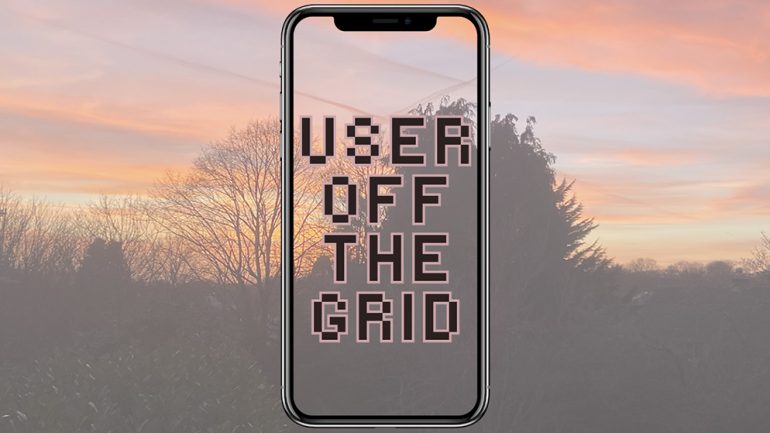Modern life keeps us wired in, but fully off-grid is a lot. Let’s meet in the messy middle
“I want to quit my job and go live in a cottage in the woods,” cries someone who spends six hours a day on their phone. Do you actually want to do that? Do you just want some peace and quiet? Maybe you should put down your phone – not forever, don’t worry. Just for a second.
You’ve heard of off-grid living – disconnecting from the utilities and becoming self-sufficient: generating your own power, growing food. It’s good for the environment and it’s good for you. In the fast-paced world of having to constantly be available, it sounds heavenly.
Living completely off-grid is not realistic for most people. It’s not only a commitment; it requires either an up-front investment or, if you decide to go the cheap route: your blood, sweat and tears. For example, according to the Scottish & Southern Electricity Networks, disconnecting your property from their supply can cost anywhere from 250 to 1,000 pounds. And that’s just the start.
Luxury off-grid retreats are trending – it seems people want to disconnect without committing. According to The Sunday Times, booking website Plum Guide, has seen a 17% increase in “digital detox homes” bookings. This sh!t costs money, though.
So, here are some ways you can embrace the principles of off-grid living, without committing to f*cking off to the middle of nowhere and building a cabin from scratch with your bare hands, or making your bank account cry.
This is for people who have a garden, so if you don’t, check out our article on limiting your food waste by chutney-ing things up
GROW SOME VEG
Some of the easiest veg to grow are tomatoes, potatoes, beans and lettuce. When we say easy, we don’t mean easy easy – you still need to put in some effort. Find a good place to plant the seeds, make sure the conditions are good for them to grow – and keep tending to them. Commit at least a little bit.


TURN OFF THE TAP
We’re in Britain. We know rain. Why not collect rainwater for a bit of self-sustainability? Next time it rains, go outside with a bucket and embrace the fact you’re now the weird person standing outside in the rain with a bucket. Good for the environment, good for the soul.
LISTEN TO THE SUN
Before electricity, people went to sleep when the sun went down instead of doomscrolling on TikTok until 2am. Maybe wait until it stops getting dark at 5pm with that one, though.

READ DITCH A big principle of living off the grid is disconnecting from the hustle and bustle of modern life, part of that being the digital sphere. So, keep reading DITCH – it’s research!

